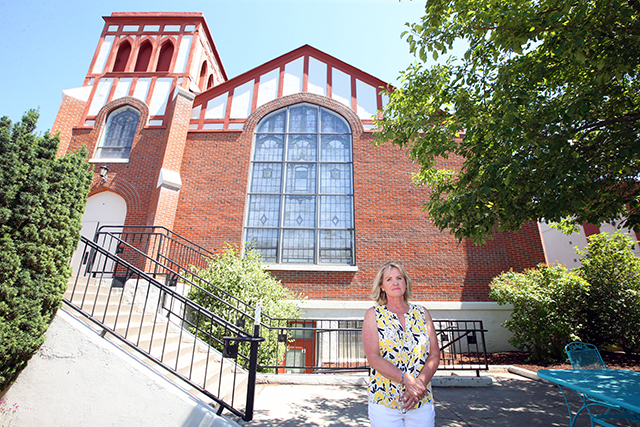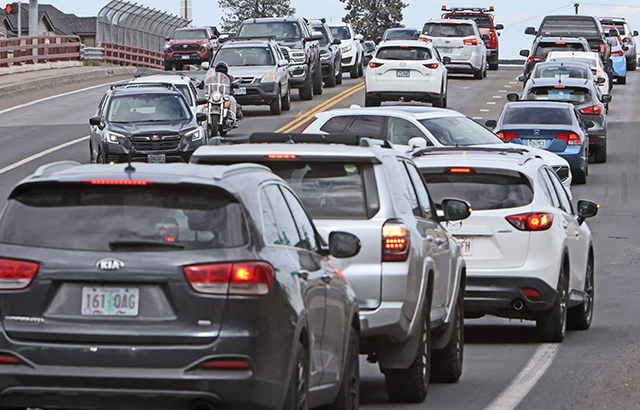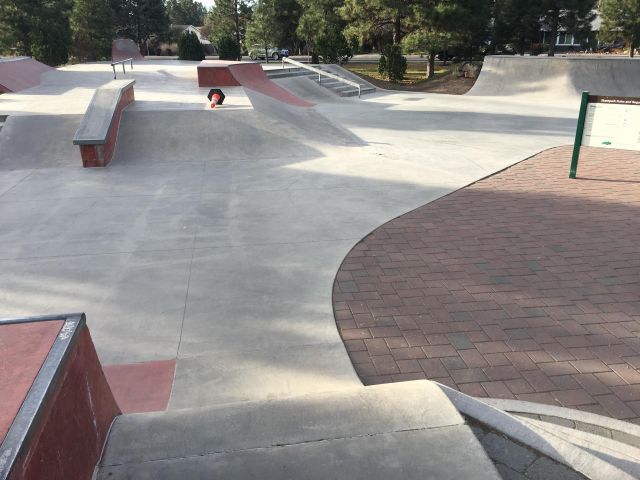Green Retrofit
Published 12:00 am Saturday, October 4, 2014

- Green Retrofit
Living in an older home shouldn’t stop you from reaping the cost and energy savings of today’s new construction that uses environmentally sound building practices. An energy audit to green retrofit your home is the first step in determining how to make your home more comfortable while saving money and resources.
According to Jody Howe, energy adviser and owner of Button Up Energy, retrofitting your home has nationwide appeal. Cost savings can be the main incentive, but conserving water and nonrenewable energy by making changes, both large and small, to improve your home’s performance is the main benefit.
Trending
“Retrofit is going beyond making your house look good. It’s also about the comfort of your home and your health,” said Howe, who’s been in the energy retrofitting business in Bend since 2009. “The ultimate point [of an energy retrofit] is to conserve our resources.”
A home energy audit is similar to a full body checkup for your house. The cost of an audit runs approximately $400, but through participating organizations such as EnergyTrust of Oregon or Clean Energy Works of Oregon, qualifying homeowners can have an assessment at low or no cost.
Because each home is different, energy audits are individualized to meet the needs of the owner. Once a homeowner has an audit, they often ask what their return on investment will be when they upgrade their home’s systems.
“Payback is relative,” said Howe. “Cost savings depends on how much retrofitting is required, your particular needs, as well as what your budget allows.”
When Howe evaluates a home for energy use, she takes into consideration the lifestyle of the family. How many people and what ages live in the home? Are there teenagers who tend to take showers often? A larger family that requires increased laundry loads? What about irrigation? Are family members home during the day?
Yet, there is a science to green retrofits.
Trending
The first step for retrofitting, while always keeping safety in mind, begins with assessing air infiltration. The majority of air leakage occurs in walls, windows, doors, attics, even floors. Sealing the air to add comfort and prevent heat loss can start with do-it-yourself weather stripping around doors and windows. Long-term investments such as replacing windows or doors or adding insulation in walls, attic and crawl space can be completed by a contractor. Leaving air sealing to professionals is your safest bet because they perform diagnostics as part of the process.
According to Energy.gov, heating and cooling energy costs eat up more than 50% of our energy costs. Ensuring your heating and cooling system is efficient is key. Look for systems that have an ENERGY STAR or EnergyGuide label to confirm quality. Sealing or insulating ducts plus regular maintenance by replacing filters keeps your systems more efficient. Help guarantee the system’s efficiency by adjusting your thermostat when you are away or sleeping. Install a ceiling fan to disperse the room air.
Heating water is the second highest energy expense, about 18 percent of our utility bill. Water is essential to our daily lives, and we may use more hot water than we realize. Having an efficient water heater without any leaks that is set at 120 degrees can save money. Washing clothes only in large loads and using cold water not only reduces energy, but saves water. Replace faucets and shower heads of 2 gallons per minute (gpm) or greater with low flow heads of 1.25 gpm.
Central Oregon has high electricity usage because there is limited access to natural gas in many housing developments. The majority of our electricity is generated by coal. Because anything that uses electricity can be pulled from solar instead of the power grid, the high desert is the perfect area for solar use.
Lindsey Hardy, clean energy advocate for The Environmental Center, said solar power as an energy source is getting renewed attention.
“More people are realizing it is a good use of our resources,” said Hardy, who also has a background in solar energy use. “There is also more of a connection to the environment.”
Costs of the solar panels have come down due to the fact manufacturing is more efficient. Federal and state tax incentives may apply, but it’s best to call a professional to see if solar is a fit for you.
Both Howe and Hardy agree that no matter the degree of retrofitting, there’s no need to make changes all at once. Small changes to reduce energy use, which become habit, will save money and make your home more comfortable.








